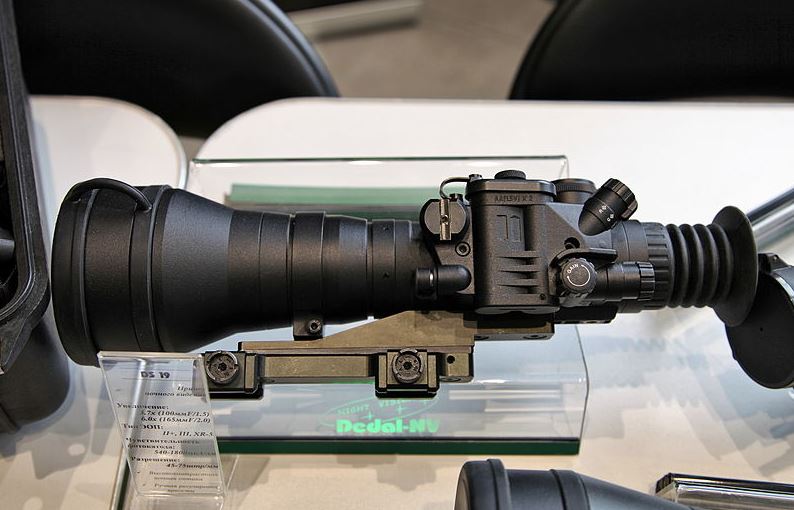When hunting, it is important to get a good rifle. Target focus is also important to take a single accurate shot.
Due to the nature of hunting, you need to have scopes.
Two instruments that help us see the things out human eyes cannot see are thermal Scopes and night vision. These two tools are competitors that hunters have often considered.
But the big question is: which is the best option between night vision and thermal scope?
Defining Night vision devices and thermal scopes
Night vision devices
Night vision devices work by amplifying the visible light in your environment and allow you to see in the dark.
It transmits the light and focuses on the target. Night vision devices also have an image intensifier tube that converts available light to photons and light energy.
Night vision shows you your target as a green image with the help of a microchannel plate and phosphorus-coated screen. The microchannel supports the passage of electrons through the tube. These electrons hit the screen and release photons, which create an image where the light had been focused.
Thermal vision scopes
Thermal vision scopes work by detecting thermal infrared light that objects or animals radiate.
The higher the temperature of an object, the more IR radiations it emits. The images on your skin vary due to temperature variations. Advanced thermal scopes can detect objects with temperatures ranging brtween -20 degrees Celsius to 2, 000 degrees Celsius.
The two types of Thermal scopes in the market are the cryogenically cooled thermal imaging and the uncooled thermal imaging.
Uncooled thermal imaging works in any room temperature without cooling components.
On the other hand, Cryogenically cooled thermal imaging needs cooling for its components. Some of its internal components need to be cooled in temperatures less than 32 degrees Fahrenheit. The extra cooling improves esolution and high sensitivity. That way, you can detect difference in temperature between 0.2 degrees Fahrenheits.
What is the best tool for hunting?
We can only decide this after considering different situations.
1. Nature of hunting environment
Where you are hunting will determine whether you’ll use a night vision scope or thermal scope. Thermal scopes won’t work well in rainy or extremely cold environments. Because they work with temperature, you have to be outside to use them. In such situations, night vision scopes work best.
However, you can use thermal scope in the fog or camo.
2. Hunting in the day or night
Night visions should be used at night while thermal scopes can be used at anytime, and don’t require lighting.
If you want to hunt both during the day and at night a thermal scope comes through.
3. Identifying Game
When hunting, especially animals like deer, you need clear identification before taking a shot. Although you can detect an animal using a thermal scope, you can’t be specific about the animal because thermal images are displayed in varying colors based on temperature.
A night vision is the best option for identifying game, especially Gen 2 night vision scopes and higher.
4. Durability
Both options are durable and can both handle a 30-caliber recoil. However, thermal scopes often have longer durability.
5. Cost
Night vision scopes are more affordable than thermal scopes, most likely because thermal scopes are new to the market and are still quite expensive.

